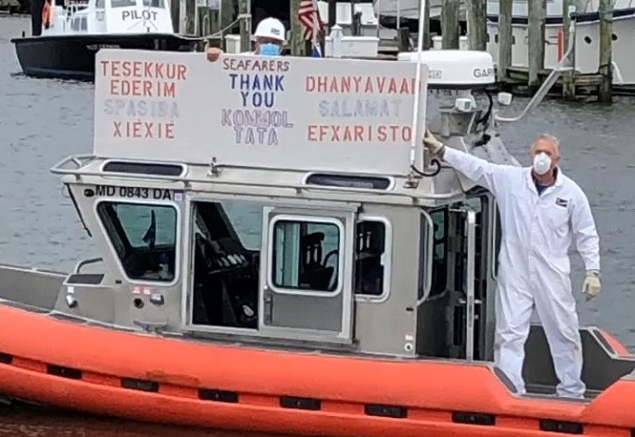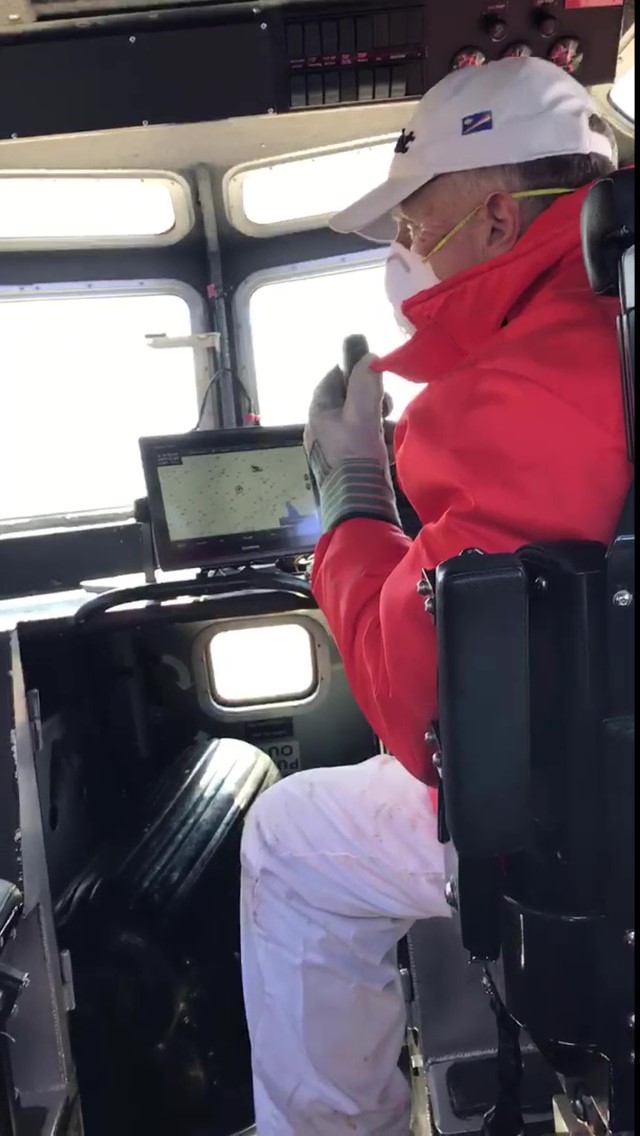
Since the first remote vessel inspection was conducted on 25 March, the Registry’s fleet operations team has completed more than 630 remote inspections worldwide. The use of remote inspections has been a resounding success.  While it has been possible for physical inspections to resume in several jurisdictions, the overall positive experience with remote inspections may be a catalyst for adopting additional remote capabilities for inspections. Senior Vice President, Fleet Operations, Brian Poskaitis comments:
While it has been possible for physical inspections to resume in several jurisdictions, the overall positive experience with remote inspections may be a catalyst for adopting additional remote capabilities for inspections. Senior Vice President, Fleet Operations, Brian Poskaitis comments:
I’ve always said that you can’t run a ship registry from behind a desk, but this experience in conducting remote inspections worldwide over the past few months has certainly challenged this perspective. I am confident that nothing will be better than physically getting onboard for an inspection, but we have learned so much. We have seen the value that remote inspections capabilities can add in terms of further improving safety, easing the burden on crew, improving engagement with ship managers, and being able to positively influence behavior regarding safety and vessel operations.
To conduct a remote inspection, the fleet operations team and inspector work closely with the Designated Person Ashore (DPA), the Captain, Chief Engineer and Senior Officers to complete the Critical Items Checklist. The inspector reviews and verifies documents, checks safety equipment via video or photo evidence, and in collaboration with the fleet operations team, works with relevant authorities to resolve any issues that arise. Deputy Fleet Operations Manager, James Maupin explains:
From the outset, we designed a remote inspection that is very comprehensive and accomplishes similar outcomes as the physical inspection. As part of the remote inspection, we created tailored checklists for each vessel segment to account for specific requirements. We request copies of oil record book entries, photographs or video of onboard lifesaving and firefighting equipment, and evidence of successful operational tests of critical equipment. The remote inspection is a rigorous process culminating with an interchange between the Captain and crew, and the flag State inspector after reviewing the photographs and information provided.
During remote inspections, collection of photographs and materials typically happens while the vessel is at sea, without the dynamic pressures in place during the short, yet critical window when vessels are in port. This significantly reduces the burden on crew while providing the Registry with detailed insight. An added benefit is that crew and operators are able to concentrate on the inspection process more and be more involved in the process because the crew and operators aren’t also coping with the dynamic pressures of being in port.
Remote inspections enable the Registry’s fleet operations team to take a closer look at issues relating to the management of the vessel, which has proven invaluable not only to the RMI Registry as a flag authority, but to crew, ship operators, and partner authorities concerned with vessel safety and compliance.
“It is almost like we have tapped into doing a Concentrated Inspection Campaign on the International Safety Management Code and Safety Management Systems,” Poskaitis notes. He continues:
Our Inspectors have had more direct and collaborative conversations with the ship manager, with the Captain and Chief Engineer, as well as the DPA, which has given us richer insight into what is happening onboard and in the management office, and more opportunity to support operators and crew. Importantly, by having these much more engaged conversations, over a longer period of time, it means we have a greater opportunity to positively influence safety behavior onboard, at the deck-plate level, which for us at the Marshall Islands has always been a key objective.
As the Registry transitions back to physical inspections, many elements of the remote inspection program will continue, allowing for work to be done in advance, with less pressure throughout the process. Critically, this also allows for the fleet operations team to collaborate with other parties, such as port State control or Class, to find solutions to issues before the vessel arrives in port.
Poskaitis concluded:
One of the principles of our flag is that we are not just there to write a deficiency, we are there to find out what’s causing the deficiency, to understand why the ship is in this situation, to identify solutions, and to alleviate pressures or address systemic issues. We know now that using remote inspection capabilities within a physical inspection program can enhance our ability to support operators and ensure the highest standards of safety and compliance across the fleet. This experience has proven to be a catalyst for positive change.



